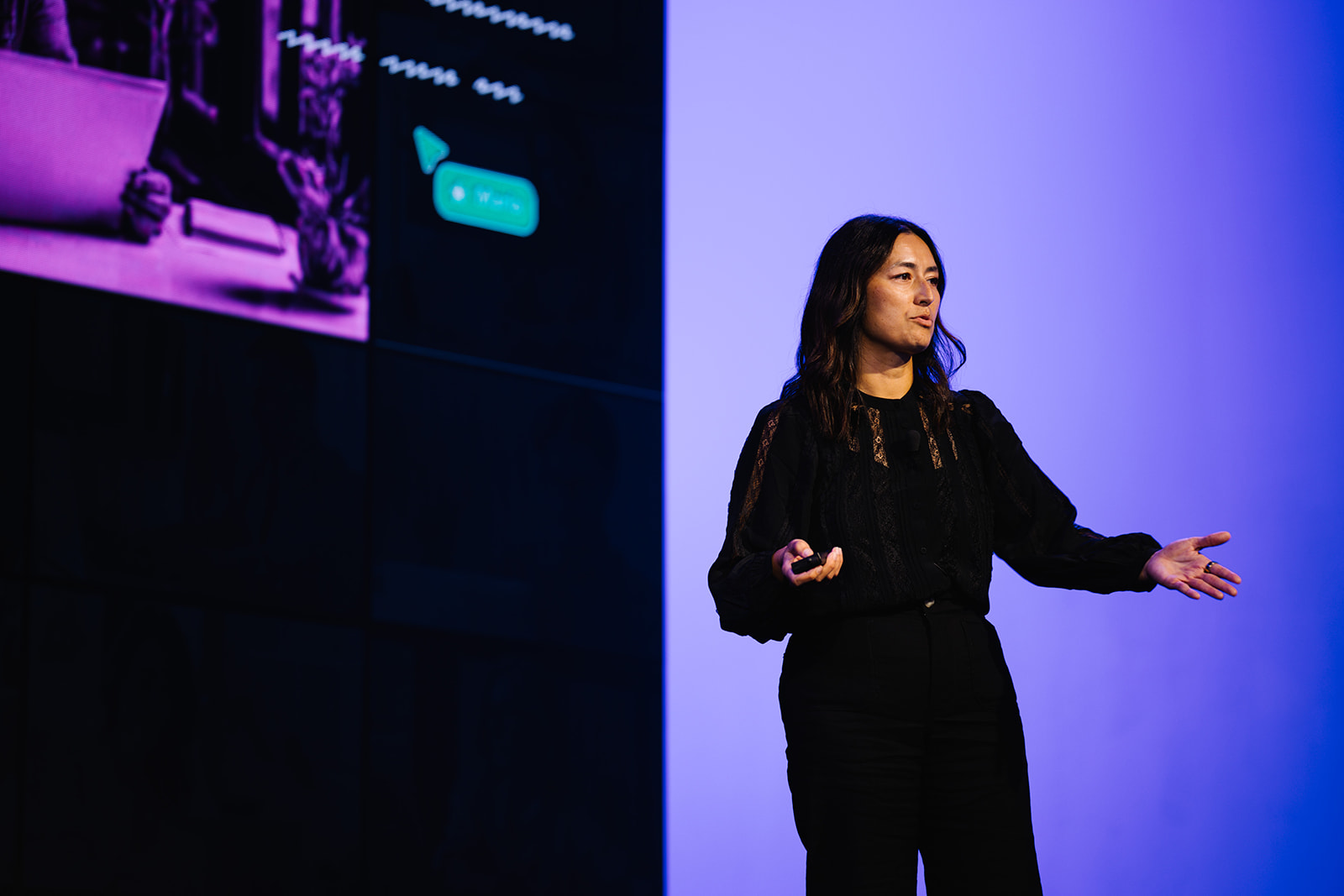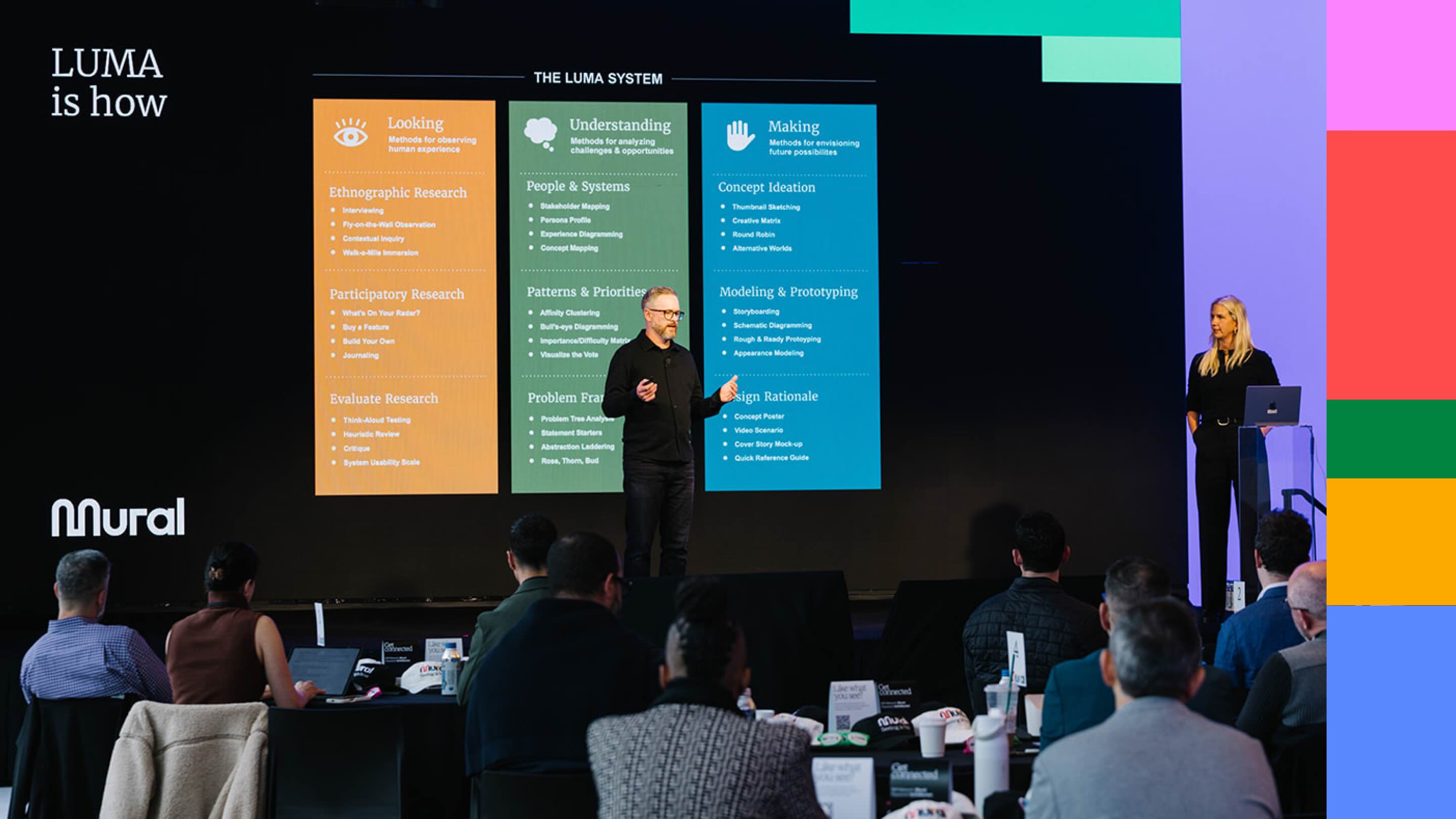There’s no denying the benefits of the remote and hybrid work movement. One of the greatest outcomes has been the expansion for employers to hire talented individuals beyond the 25-mile radius of an office.
When employers can cast a wider net, the talent pool becomes larger — inviting candidates from all sorts of backgrounds, ethnicities, locations, and cultures.
But as organizations welcome these fresh faces and perspectives, how can they make sure all ideas are shared? If employees don’t feel heard, can you really say you’re an advocate of diversity and diverse perspectives?
Inclusivity is diversity in action. It goes beyond just accepting people’s differences and takes it a step further by serving up a platform to do their best work. And the more diverse your organization gets (which is awesome!), the more important it is to make sure inclusivity is a core tenet of your culture.
What is inclusivity?
An inclusive work environment ensures that all employees — regardless of their background — have the same opportunities, resources, and space to share their ideas and feel valued for who they are. Who wouldn’t want that experience for their employees?!

Benefits of creating an inclusive workplace
Other than creating a space for your diverse teams to perform their best, embedding inclusivity deep within your company culture benefits the business just as much as the individual. Here are some key stats on the impacts of following inclusive workplace practices:
- It enhances innovation: Companies that ranked as more inclusive were 1.7x more likely to be innovation leaders in their market and 1.8x more likely to be change-ready.
- It makes you desirable to candidates: A Deloitte survey found that 80% of over 1,300 respondents said inclusion efforts were an important factor when choosing their next company.
- It improves productivity: Cloverpop found that inclusive teams actually make better business decisions up to 87% of the time. And they make those decisions 2x as fast — cutting their meetings in half.

Common barriers to inclusivity in the workplace
While you might be thinking, my team already works in an inclusive environment, let’s take a step back. People have biases and assumptions that occur naturally when interacting with others. The first step toward improving inclusivity at work is to recognize where and when these biases might occur and try our best to avoid them.
Let’s go through some barriers to inclusivity you’ve likely encountered when collaborating with your team.
1. Groupthink
To put it bluntly: “rocking the boat” makes a lot of people nervous.
Groupthink happens when a team makes a decision without much discussion or back-and-forth because no one wants to be the one to call out potential problems or raise concerns. So instead, they just agree or stay quiet. Like the ancient story about an emperor’s new clothes, it can be difficult, if not feel impossible, to go against the apparent beliefs of the masses — or your peers in a meeting.
Groupthink: A phenomenon in which a group of people reach a quick consensus without much discussion out of a desire to avoid conflict.
The negative effects of groupthink can last long after the initial decision is made. The consequences of a bad marketing campaign idea or a poorly thought-out product feature, for example, can include missed opportunities and churn. It’s better (and often less expensive/stressful) to encourage real discussion beforehand.
Learn more: How to avoid groupthink: 5 strategies for better teamwork
2. Overtalkers
We’ve all been in meetings that have been dominated by one voice. Typically, that voice tends to belong to the loudest and/or most senior person in the room.
You may have heard of the HiPPO, or “highest-paid person’s opinion;” even if this person isn’t necessarily loud, their ideas and suggestions are. In more hierarchy-focused organizations (sometimes described as red, amber, or orange companies), their words have even more weight.
For the more introverted or junior team members present, this environment is intimidating and discourages an open space to share ideas. Plus, it encourages “in the moment” decision-making, meaning there’s no time to think things through.
3. Unconscious bias
This type of bias is hard to identify and address, because, as the name implies, it’s unconscious. It’s our brain’s way of categorizing large quantities of information — a mental shortcut. Unfortunately, it’s often neither fair nor correct.
One Harvard research study attempted to demonstrate the effects of unconscious bias on orchestra auditions. By removing the identity of the orchestrators through blind auditions — just listening to the sound — women were 50% more likely to advance to the final round.
An idea is an idea, and your team should give it the consideration it deserves no matter who (or where) it came from.
5 tips for improving inclusivity in the workplace
So, how do you cultivate an atmosphere at work that smartly counters these obstacles to inclusivity? Luckily, hybrid and work-from-anywhere collaborations offer unique opportunities to level the playing field when it comes to collaboration.
1. Encourage psychological safety
Psychological safety describes a team environment that prioritizes mutual respect. In other words, sharing ideas, speaking your mind, asking questions, taking risks, and trying out new things are all encouraged without fear of repercussions. This lays the foundation for higher productivity and employee engagement. High-performing, inclusive teams have psychological safety embedded deep within their processes.
How can you put psychological safety into practice? Establishing a team charter or a code of conduct is a good place to start. Documenting what is acceptable behavior and what isn’t sets expectations when you meet as a team.
For example, a list of general rules of engagement for a team to agree on might look like this:
- Avoid meetings that are before or after hours for teammates in different time zones.
- If you have to schedule a meeting for an early or late slot due to time zones, ask those who are inconvenienced if that’s acceptable.
- Make it clear who is optional to attend.
- Meetings are for discussion and decision-making. For status updates and info shares, create a video recording to be watched prior to gathering as a group.
- Include an agenda so folks can understand context prior to the meeting.
- Come prepared. If there is a pre-work video to watch, do so before showing up to any meeting.
- Reserve judgment of others’ ideas and ask for clarification before challenging them.
- It’s OK to disagree so long as you do so respectfully.
- Implement an explicit turn-taking technique to ensure everyone has had a chance to speak, e.g., ‘popcorning’ or ‘pass the ball.’
Ready to build your own? Use the free team charter template to get started.

2. Empower cognitive diversity
Have you ever felt you couldn’t ask a question in a meeting? Or provide honest feedback about an idea?
If you haven’t, chances are one of your team members has. According to Fast Company research, a whopping 40% of employees don’t feel confident sharing their ideas.
There is no one-size-fits-all when it comes to working styles. Not everyone feels comfortable sharing their thoughts in the moment or speaking up during meetings. Or some people feel so compelled to say anything in a meeting they might suggest something without fully thinking it through.
Give your colleagues the chance (and the space) to think critically about the meeting topic or about any potential decisions to be made. One way to encourage this is by allowing participants to add ideas, suggestions, or concerns in a shared space after the meeting is over (a.k.a. Asynchronous communication). This gives your team members a chance to think through the problem on their own and share more thought-out ideas in their own way.
If you want to get a better idea of your colleagues’ working and communication styles, you might invest in a facilitated workshop to identify strengths, weaknesses, and shared team characteristics.
3. Gather feedback and ideas anonymously
Remember that pesky habit known as unconscious bias? Anonymous idea-sharing is one tactic for eliminating bias altogether and focuses on finding a solution.
Mark Tippin, Mural's Director of Strategic Next Practices, experienced this type of bias first-hand at a previous company. “During our meetings, suggestions given by the team members who worked out of the company’s U.S.-based headquarters were given more weight than those shared by members of the Hyderabad-based team,” says Mark. “Once we implemented anonymous feedback, however, ideas from Hyderabad suddenly received much more attention and consideration.”
Asking for anonymous input also reduces the tendency to lean on HiPPO and allows more introverted team members to share their opinions. One way to do this is through a virtual suggestion box. If you’re a Mural member, enabling Private Mode within your mural can offer some privacy so your team feels comfortable sharing their ideas.

4. Invest in meeting facilitation
We often believe that if we fill a room full of intelligent people and call it a “brainstorming session,” it will magically result in all our questions being answered by the end of it. Let’s be honest … that rarely happens.
Instead, too often the meeting ends with no clear decisions and no understanding of next steps. Why are effective meetings such a struggle?
Our own Chief Evangelist, Jim Kalbach, describes this dilemma with a music analogy. In 1959, Miles Davis became the best-selling, most popular jazz recording of all time: Kind of Blue. Miles was known for encouraging spontaneity in his music. And, for this album, there were no rehearsals.
Instead, Miles gave the musicians the music as they entered the studio.
Astoundingly, with only one exception, the first complete take of each track was the only complete take and the tune that got pressed on the album.
They nailed it on the first try.
So, what does this have to do with effective teamwork?
One of the keys to success in jazz improvisation is structure. The music is built around the talent of the musicians. Jazz musicians have the freedom to improvise while following some rules of engagement.
Effective teamwork is a lot like jazz. You have the talent. You just need to create the infrastructure for that talent to shine.
A skilled facilitator can make all the difference when it comes to addressing bias. Think of a facilitator like Miles Davis (you’re welcome, facilitators!), coaxing the best out of each individual in the group.
While becoming a professional facilitator takes years of practice, everyone on your team can learn some facilitation basics; in fact, we not only encourage it, we build our product around it (see Mural Facilitation Superpowers™). Part of that training should include tips for identifying and mitigating common biases like the ones listed above.
5. Make collaboration more accessible
Inclusivity and accessibility go hand-in-hand. Everyone deserves a seat at the table and to participate and collaborate, including those with disabilities.

What does accessibility look like in action? It’s making opportunities available to everyone.
A good example of this is the Design Your Life (DYL) methodology at the HAN University of Applied Sciences and the University of Twente. Researchers at the university developed DYL as a design framework for autistic people to create their own innovative products and technologies. This gives them complete freedom to develop personalized, supportive technological solutions that help them lead more fulfilling and independent lives.
At Mural, we announced functionality to enable navigation between elements on the digital canvas using keyboard shortcuts and screen reader assistive technology. This video demonstration moves through the new shortcuts and how to listen and navigate information on sticky notes or area titles within a mural using a screen reader.
For facilitators, some tips for encouraging accessibility during hybrid or remote meetings include using a sans-serif font, using simple language, adding captions to images, making sure all content is navigable, and limiting the toolbar. You can find more MURAL-specific best practices here. We even have an Accessibilities Best Practices template for you to get started.
.png)
Accessibility is something that we’re actively working on at Mural; in fact, you can read our accessibility statement here. Our Design Systems & Accessibility team is currently tasked with creating a more accessible mural experience for both remote and in-person participants.
Leveling the playing field across collaboration
An inclusive workspace doesn’t just happen because you hire a diverse workforce. Building an inclusive workplace shows your employees you’re invested in keeping and bringing the best out in your team of talented and diverse individuals.
It doesn’t matter if you work in an office, at home, or somewhere in between. By taking the steps to create a more inclusive culture, teams can address these biases more easily, and ensure a more egalitarian, open, and creative collaboration process.
Ready to start implementing more inclusive practices through virtual collaboration? Check out our facilitation toolkit to start planning more inclusive and productive meetings and workshops.



.avif)
.avif)








